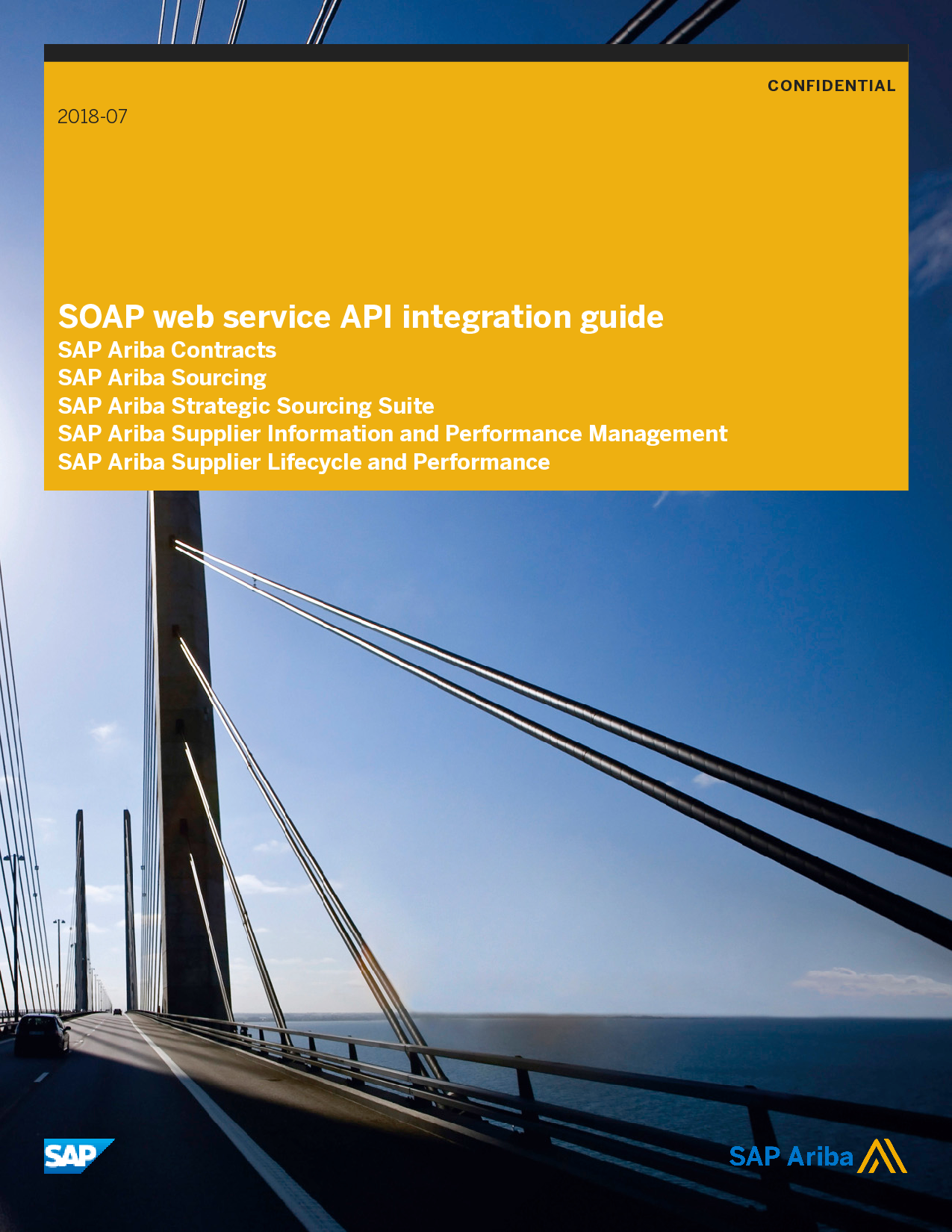

With file versioning software in place, teams can preserve previous instances of files for reference, meaning that users can make edits without permanently altering documents.Īs previously mentioned, file versioning can play an integral role in an organizations’ backup and cybersecurity strategy. Instead of passing around several versions of the same document, changing its name every time someone makes a round of edits and making it difficult to trace who made what changes, file versioning simplifies the process. This can be done any number of ways, but the overall goal is to provide access to previous iterations of important documents, design files, and more, for a number of potential scenarios.įor example, file versioning can be useful if multiple people on a team need to take turns editing a file. In short, file versioning refers to the digital practice of storing more than one version of a file simultaneously. By storing multiple versions of files with systems that standardize file management, whether in the cloud or on premises, it’s possible to streamline workflows and keep information safe. This is where file versioning comes into play.

Such programs can also help reduce threat from hackers. For instance, if an organization experiences widespread data loss, programs that handle file management and back up information regularly can quickly restore lost information. What’s more, these systems can even benefit organizations’ cybersecurity and backup operations. Accordingly, investing in systems that streamline file management is a serious value-add. For teams across many different industries-from litigation firms working on important court filings to large corporations finalizing org charts-the risk of working off of the wrong file can be dire. In this situation, it can be challenging for everyone involved in the process to know which one is the most recent, operable file. For example, if a team is working on an important proposal and distributing it among stakeholders for comments and edits, a file may start as “Final Project Proposal” and end up with multiple versions floating around with names like “Final Project Proposal-Final,” “Final Project Proposal-Complete Edits,” and “Final Project Proposal-Manager Comments.” Too often, however, individual employees and their teams use ad hoc file naming methods that make things all too confusing.


 0 kommentar(er)
0 kommentar(er)
